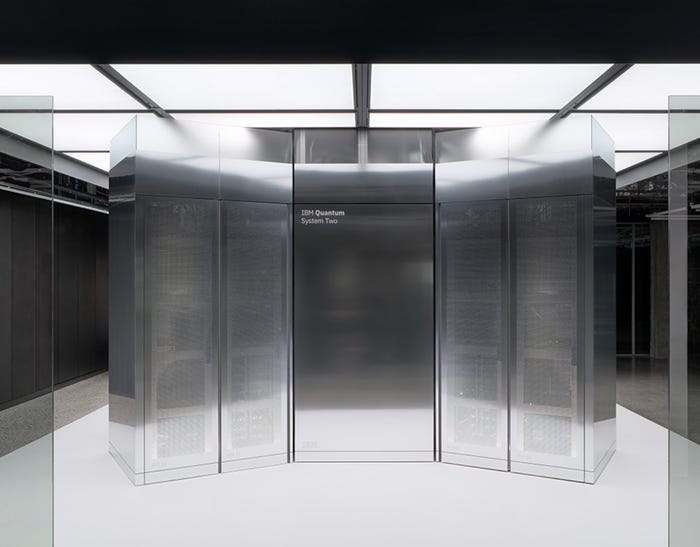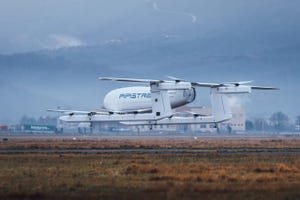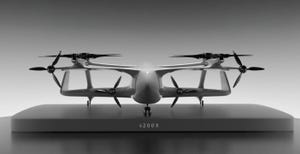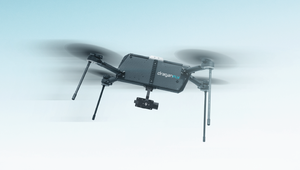FCC's Starlink Approval Paves Way for Closing Rural Connectivity GapsFCC's Starlink Approval Paves Way for Closing Rural Connectivity Gaps
Addressing connectivity challenges in remote areas

The FCC recently approved a groundbreaking partnership between T-Mobile and SpaceX's Starlink unit to provide coverage from space, extending wireless access to remote areas and eliminating "dead zones." This marks the first time the FCC has authorized a satellite operator to collaborate with a wireless carrier to offer coverage on flexible-use spectrum bands.
This development highlights the growing need for advanced solutions to overcome connectivity gaps in rural and underserved areas.
Michiel Lotter, CEO of Nextivity, a company that designs and manufactures products that improve cellular coverage and public safety technology, discusses addressing connectivity challenges in remote areas.
How has awareness evolved around rural connectivity and to what extent is technology evolving in tandem?
Rural connectivity, both in terms of broadband access and critical communication needs, has evolved from a "best effort" discussion to a "must-have" discussion. There is a growing sense of urgency around critical communications, and in response, new technologies are emerging and ready for adoption.
The explosive growth in FirstNet devices and the increased awareness of the importance of quick and comprehensive responses to emergency situations are driving new capabilities. The new technologies are enabling first responders to stay connected, even when operating in rural environments. The investment in these solutions by public and private-sector response teams is a testament to the "must-have" nature of rural connectivity.
Technologies such as satellite-based broadband access, direct-to-cell satellite service and high-power user equipment (HPUE) modems are evolving to quickly fill the critical gap in rural connectivity. Being connected in all conditions, such as the raging wildfires in California, flooding across the Midwest, or other extreme weather events, is essential.
What are some of the barriers to closing the rural connectivity gap in America and how can we begin to bridge them?
America is a very large country with a wide range of topographical features; it would be impossible for any single technology to bridge the rural connectivity gap. This is especially true when it comes to connecting people with critical communication needs. When we are equipping first responders, remote utility workers, or others involved in building/rebuilding or repairing infrastructure, we have to consider the entirety of their communication needs and their changing environments, i.e., they are moving around. A multi-layer approach is needed to provide proper and reliable access for those critical communication links and bridge the rural connectivity gap.
The first layer is cellular coverage: It covers the largest percentage of the population and is the most cost-effective and ubiquitous connectivity method available. Cellular technology is mature and billions have been spent to make it one of the most robust sources for connectivity. When operating at the edge of the cellular network, though, performance is often severely degraded. The signal degradation may be caused by distance (from the towers, etc.) or topographical features.
That's where a second layer of coverage, such as HPUE, becomes essential. HPUE devices provide high-performance, reliable links even at the edge of the cellular network. They help close the gaps by extending the reach of the available macro infrastructure. HPUE delivers high-bandwidth connections to critical communications users in a cost-effective way. Utilizing existing MNO equipment, HPUE extends the availability of the signal to places people may not usually go. Due to the portability and mobile nature of the equipment – whether installed in a vehicle or used in a self-contained "suitcase" form, HPUE closes gaps in rural areas – even those not previously known.
Finally, at some point, the network footprint ends, and this is where the third layer, satellite communications, becomes critical. Satellite links generally cost more than HPUE coverage from a dollars per Mbps point of view, but they will fill in the gaps not covered by HPUE.
How do you interpret the FCC's recent Starlink approval within that layered approach to bridging the rural connectivity gap?
The approval of Starlink direct-to-cell services is indeed a positive step toward filling in that third layer of coverage for users requiring reliable critical communication links outside of the cellular network footprint. We foresee additional direct-to-cellular services becoming available in the future as this third layer of coverage is built out.
At the same time, we expect HPUE technology to become available on more and more networks, as it is a cost-effective second layer that extends the cellular network by boosting signal strength at the edges of coverage areas. HPUE technology is a go-to for broadband because it's an easy and affordable way to extend the cellular network that is already there. It will be essential for critical communications, in part because it is designed to support the evolution of the FirstNet network, including the planned upgrades for 5G that will roll out over time.
What are your predictions for the FCC's approach to broadband expansion in 2025?
We expect the FCC to continue to support innovation that allows broadband access to be made available to critical communications users in all scenarios. For example, we are starting to see the adoption of HPUE technology beyond what we traditionally think of as first responders. Enterprises that play an essential role in disaster response, in terms of supporting displaced people and restoring services, are equipping themselves with technologies such as HPUE devices and using them beyond emergency scenarios. This increases the overall connectivity footprint in rural areas, adding capacity to the network.
By supporting satellite technology evolution and other technologies, such as HPUE or drone-based base stations, we are likely to see this technology advance more quickly this year. More and more companies and organizations are making the choice to prioritize connectivity as the new FCC Commissioner, Brendan Carr, takes steps to loosen wireless technology regulations.
About the Author
You May Also Like


.jpg?width=700&auto=webp&quality=80&disable=upscale)


.jpg?width=300&auto=webp&quality=80&disable=upscale)


